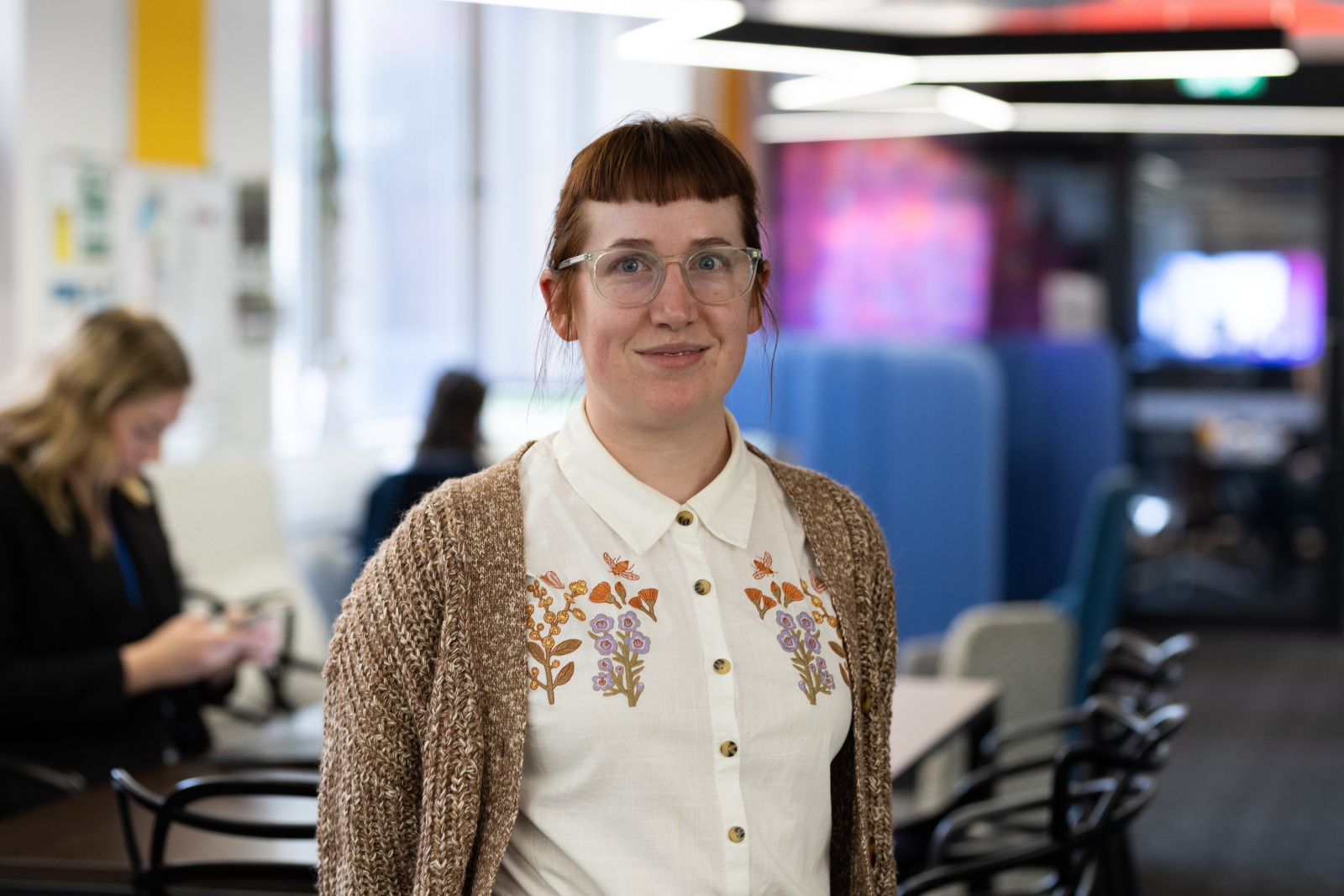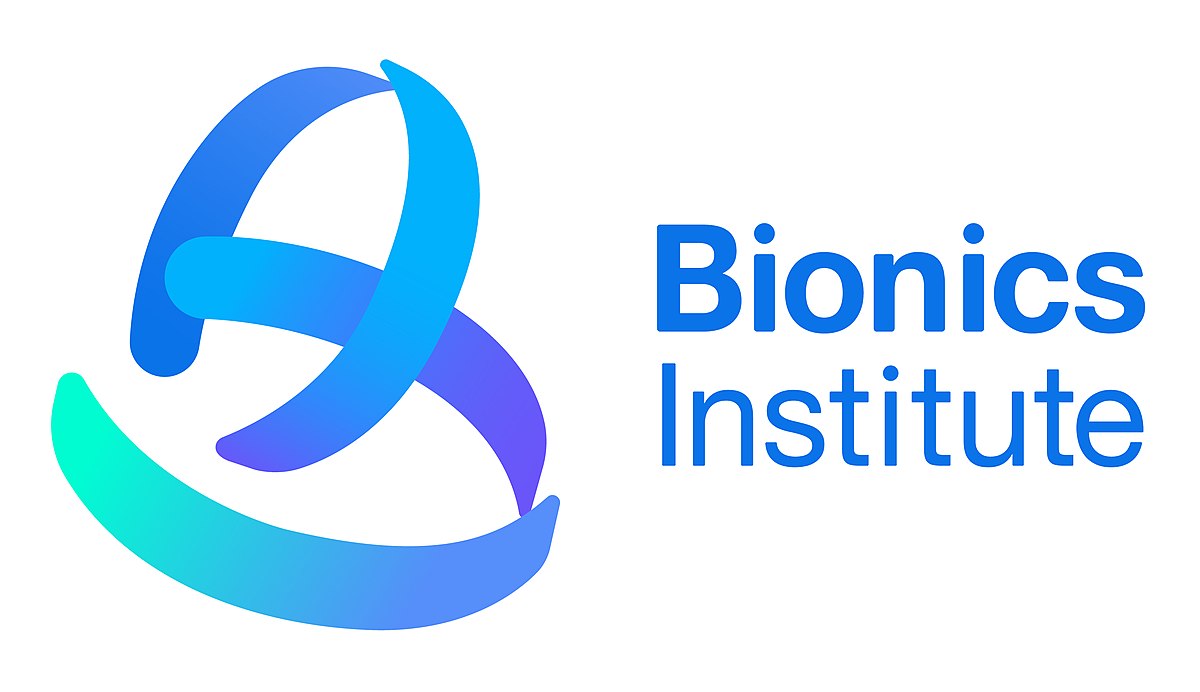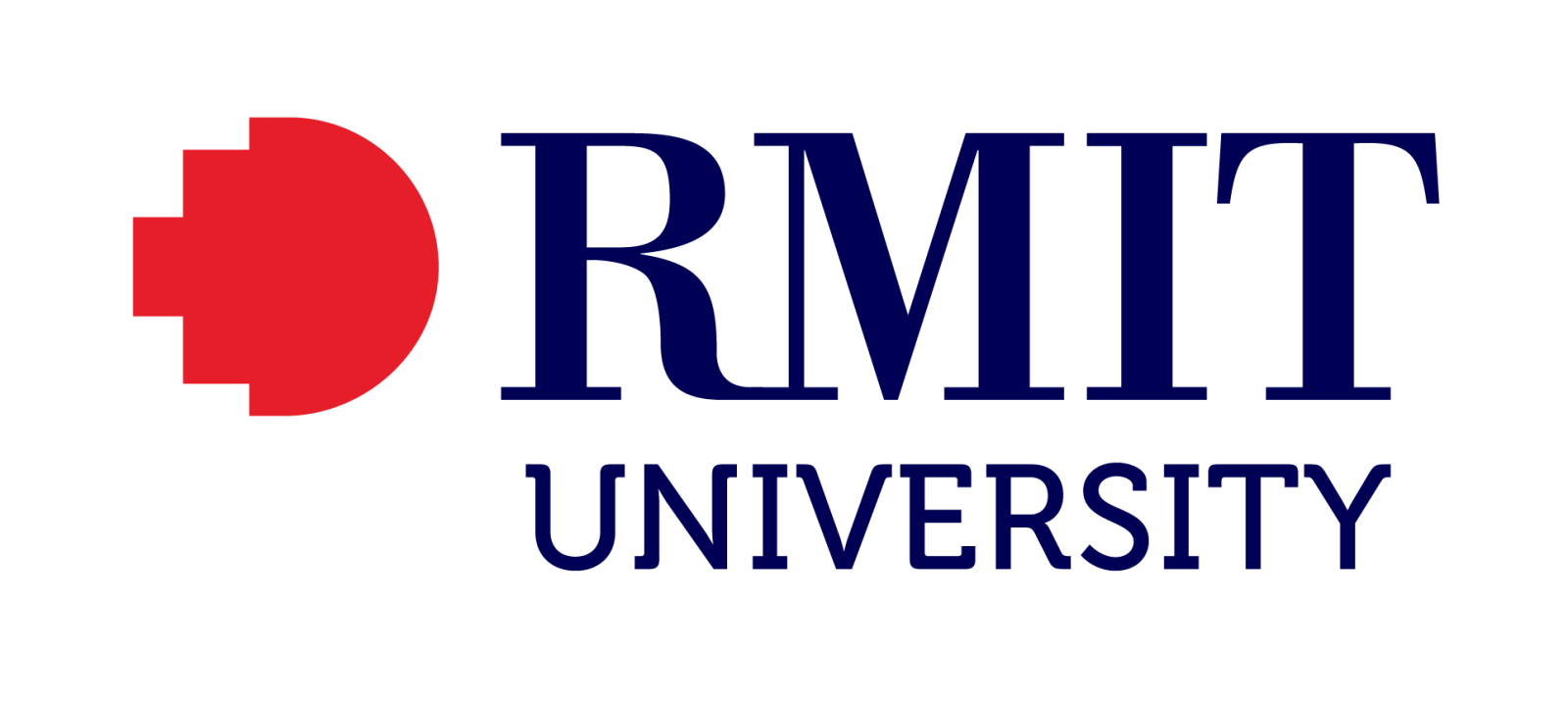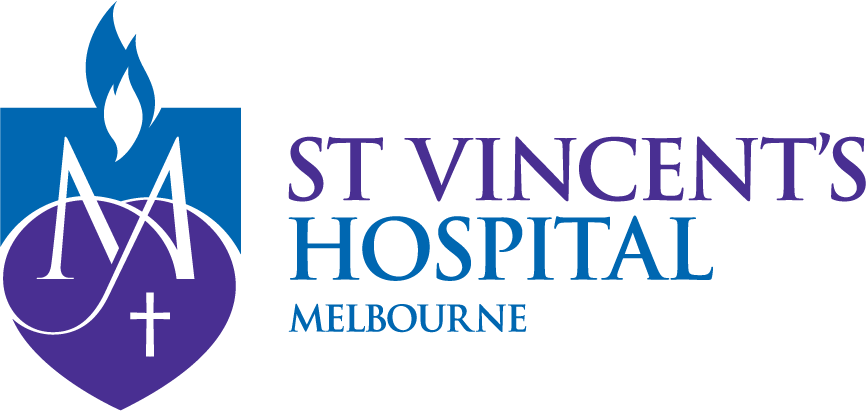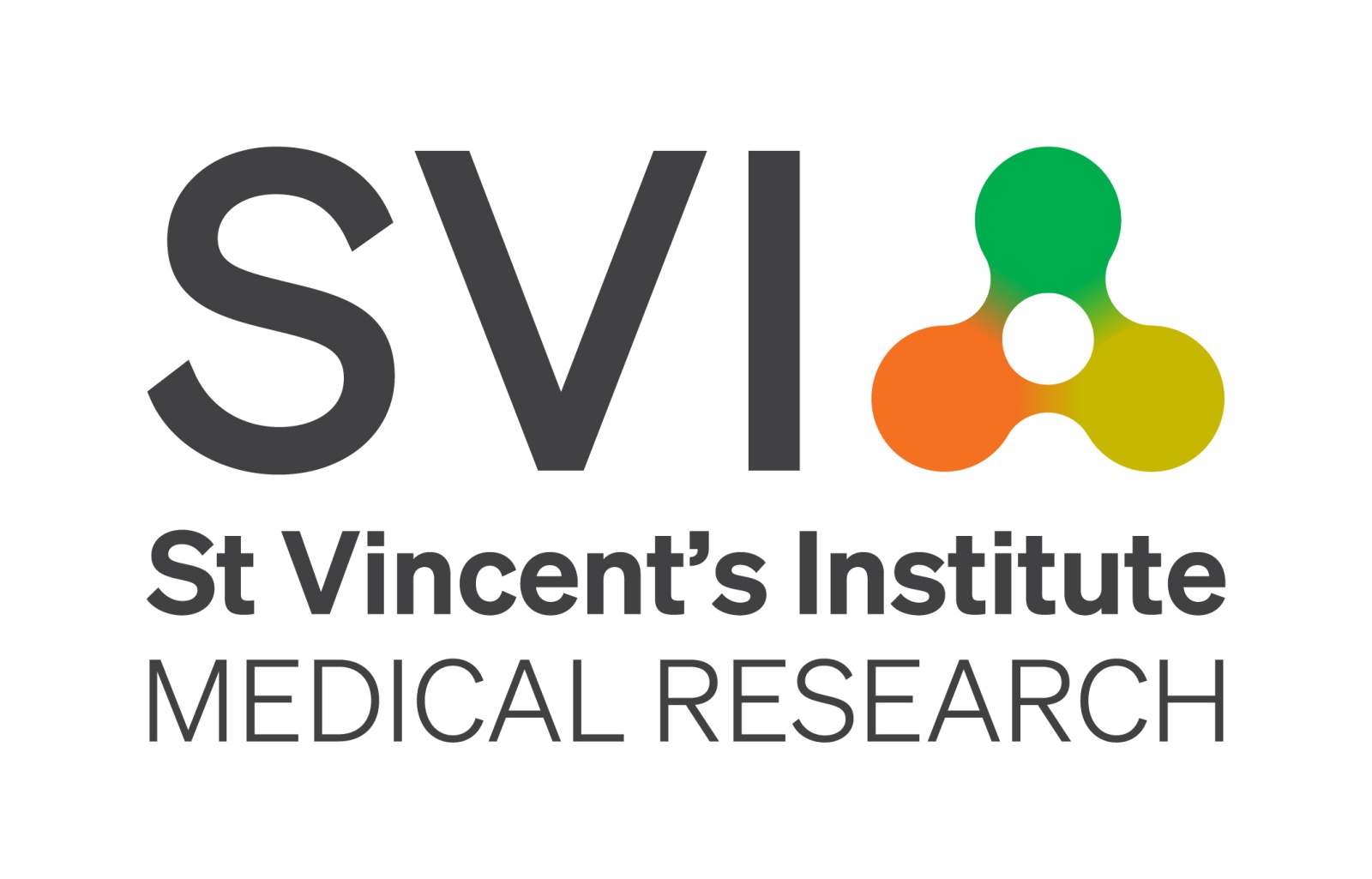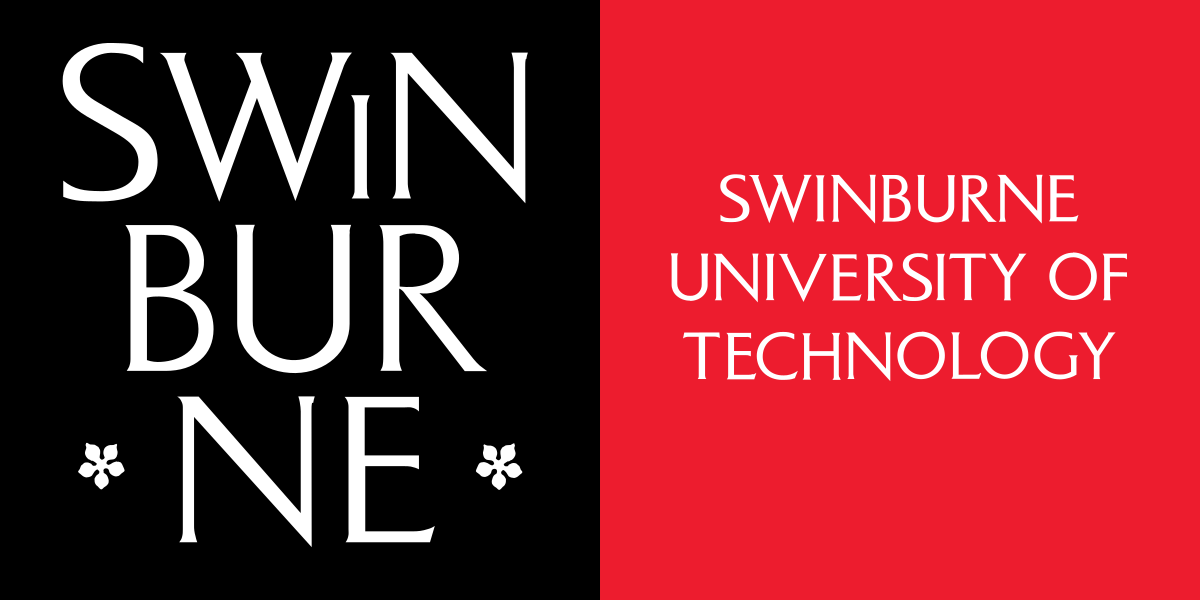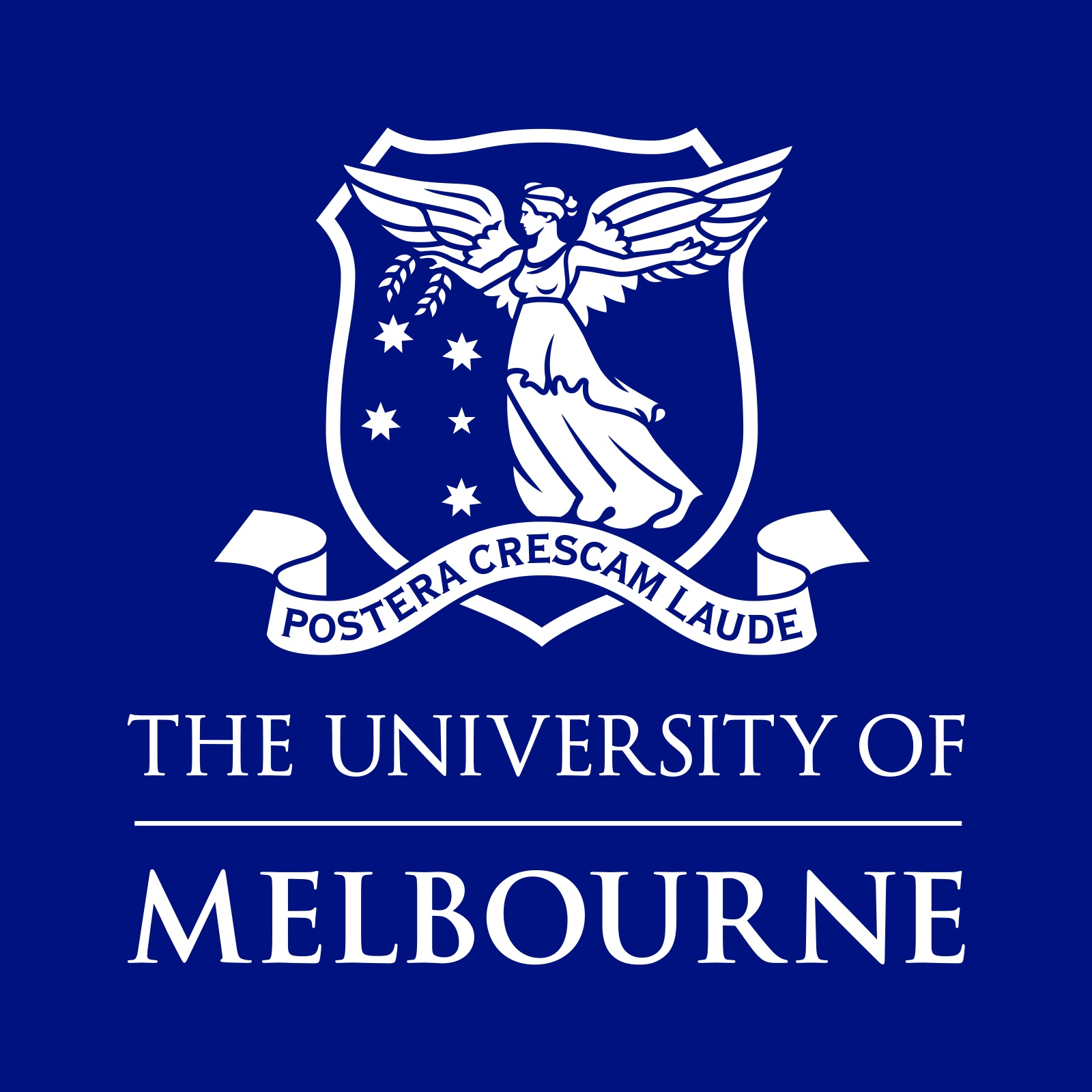Victoria’s Deputy Premier and Minister for Medical Research, Ben Carroll, has visited the Aikenhead Centre for Medical Discovery (ACMD) at St Vincent’s Hospital Melbourne to mark the $206 million project’s structural completion.
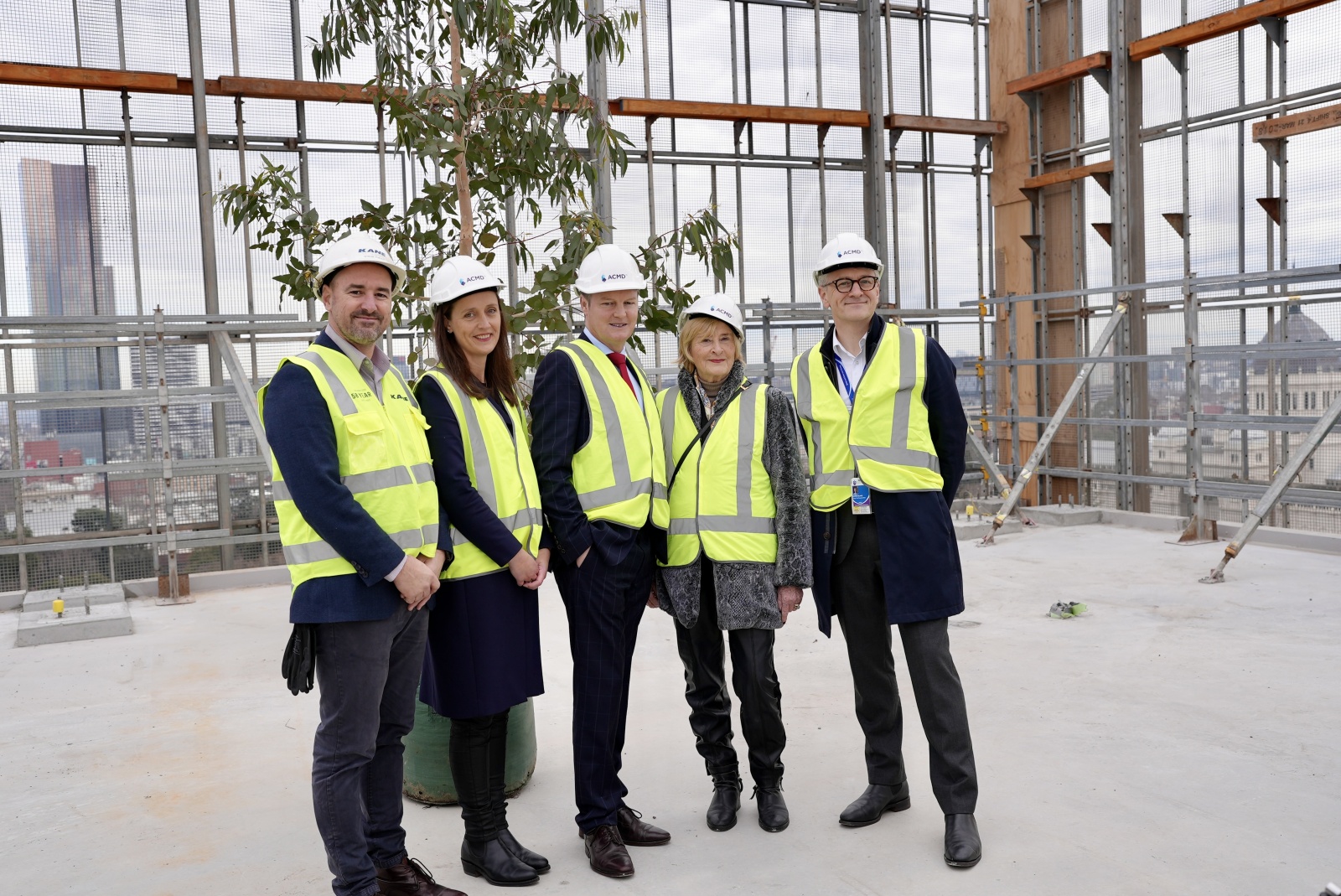
Above: L to R: Stephen Thiesz (Director, Kane Constructions), Nicole Tweddle (Chief Executive, St Vincent’s Hospital Melbourne), the Hon. Ben Carroll, Brenda Shanahan (Chair, The Aikenhead Centre for Medical Discovery), Chris Blake (Group CEO, St Vincent’s Health Australia)
The final floor of the 11-storey biomedical engineering research translation centre has been poured, taking the building to its highest point now towering 55 metres above ground level.
The ACMD forms part of Melbourne’s rapidly-growing biomedical precinct. The new building will offer world-class facilities that will enable innovative research translation and cross institute collaboration to engineer the future of healthcare.
“The Aikenhead Centre for Medical Discovery is a game-changer and I can’t wait to see the collaborations that will deliver world-leading discoveries and breakthroughs to save lives and improve health outcomes in Victoria and abroad,” said Minister Carroll.
During his visit, Minister Carroll toured the site and saw first-hand how the spaces are transforming.
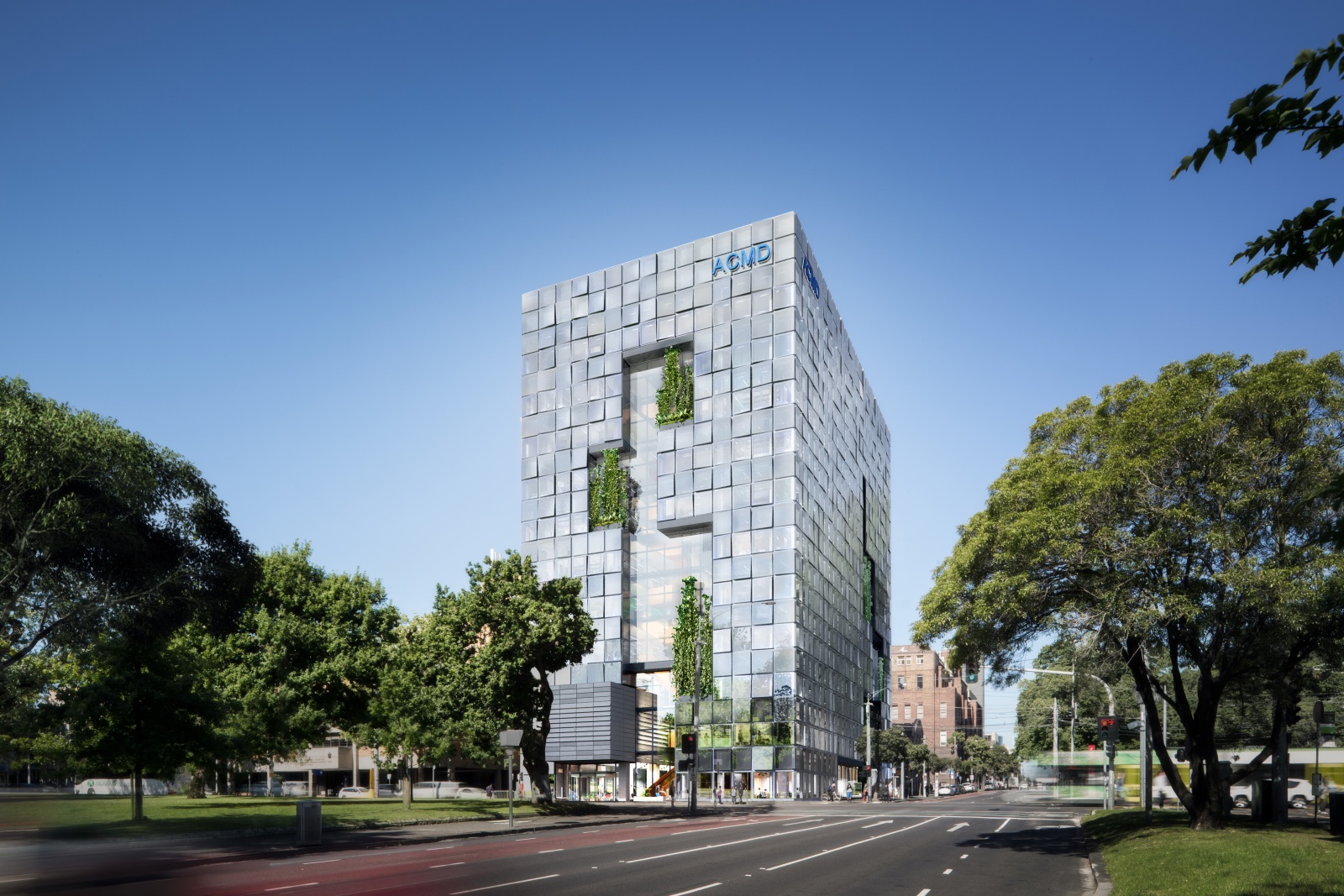
Above: An artist’s impression of the new ACMD building
The ACMD supports clinician-researchers to forge unique partnerships with scientists and engineers to deliver cutting-edge solutions using technologies in medtech, biotech and digital health.
“The Aikenhead Centre for Medical Discovery at St Vincent’s Hospital Melbourne will be Australia’s premier biomedical engineering research accelerator, where leading universities, research institutes and St Vincent’s collaborate to address some of the world’s most challenging health problems,” said SVHM Chief Executive Nicole Tweddle.
More than 300,000 hours of building work has gone into the project since it began, and we are now more than halfway through construction.
The next stage involves the installation of the curtain wall facade (the glass and metal facade that wraps around the building to protect the interior from the external elements while work progresses inside), followed by the internal fit-out.
The new 16,500sqm building will include 3D printing laboratories, a human kinetics lab and insulated rooms for development of sensitive hearing and vision technologies, engineering workshops to produce medical device prototypes and robotics. An education hub will also form a key part of the ACMD at St Vincent’s Hospital Melbourne. It will be used to help nurture future clinical, nursing, allied health and biomedical engineering research innovators and leaders.

